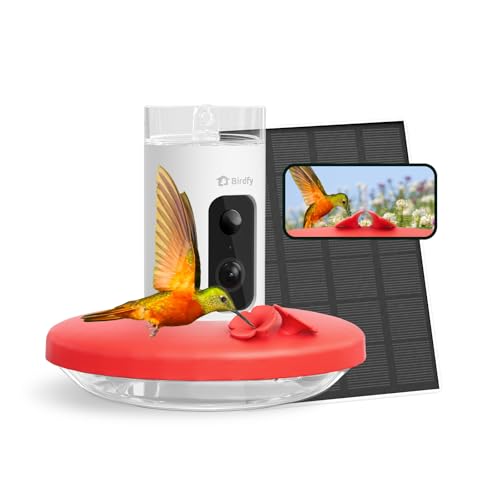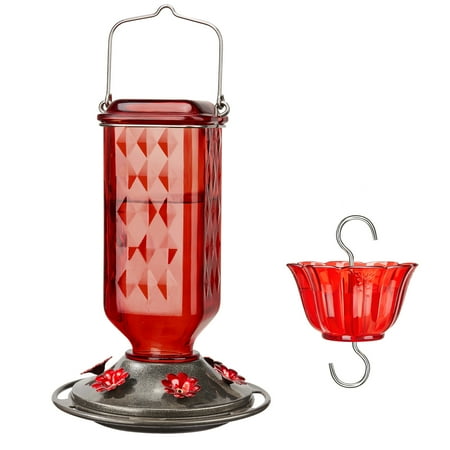Why do hummingbirds fight? Wildlife experts answer this age-old question – plus we reveal how you can keep the peace in your yard
Hummingbirds can be fiercely territorial, but there are ways to lessen disputes
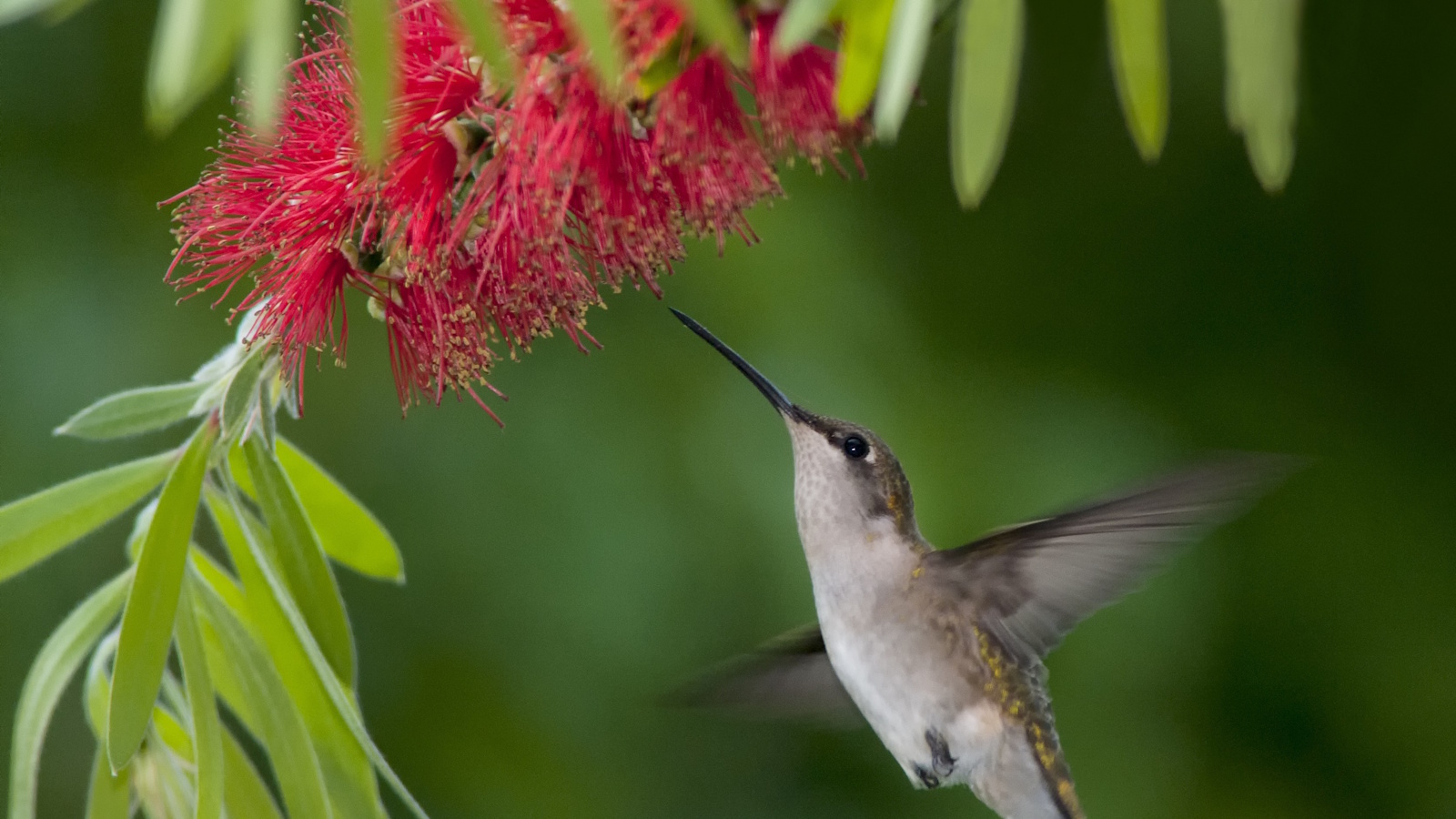

There are more than 300 species of hummingbirds across the Americas, though most are found in balmy regions of Central and South America. In North America, two of the most familiar are Anna’s hummingbird and the ruby-throated hummingbird. And, during the growing season, both of these are backyard regulars, darting about, flittering from perch to flower and back again during long summer days.
And, while these two species – or whatever species you have in your region – are an impressive sight, you might have noticed they don’t always play nicely. Hummingbirds can be surprisingly combative when it comes to territory. To us gardeners, it can look like petty squabbling, but in truth, it’s a matter of survival.
So, if you already know how to attract hummingbirds to your plot, but now you are wondering: why do hummingbirds fight, you have come to the right place. Here, one garden expert reveals a few simple ways to make your garden as combat-free as possible.
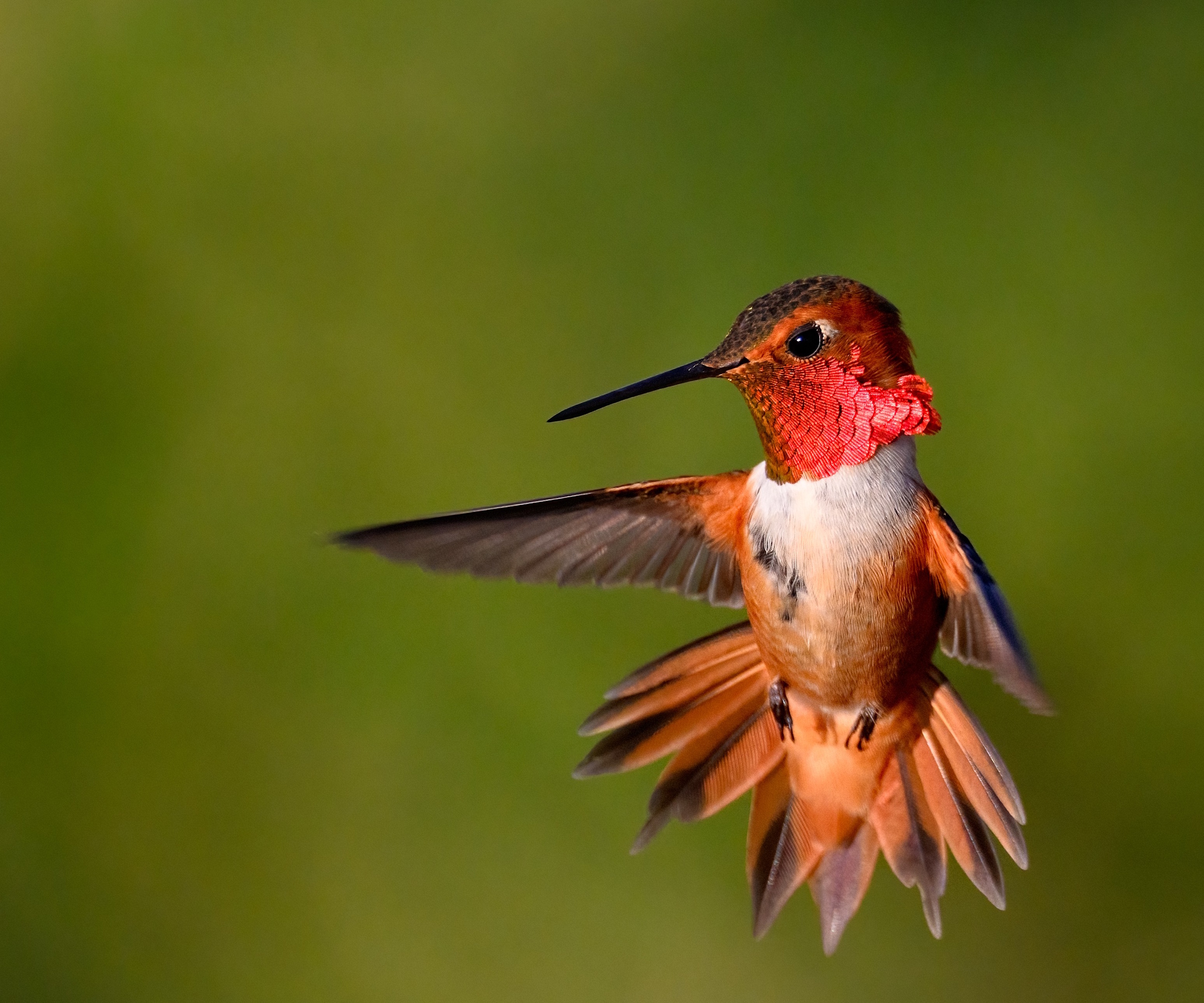
Why do hummingbirds fight?
Wherever you live and whatever your US hardiness zone, chances are, you will enjoy spotting hummingbirds in your yard in spring and summer, and during the hummingbird migration.
Their range is undeniably impressive, from the southern tip of South America all the way up to Alaska. While they are joy to spot, they can, like humans, bicker and fight over food and territory.
Why do hummingbirds fight?
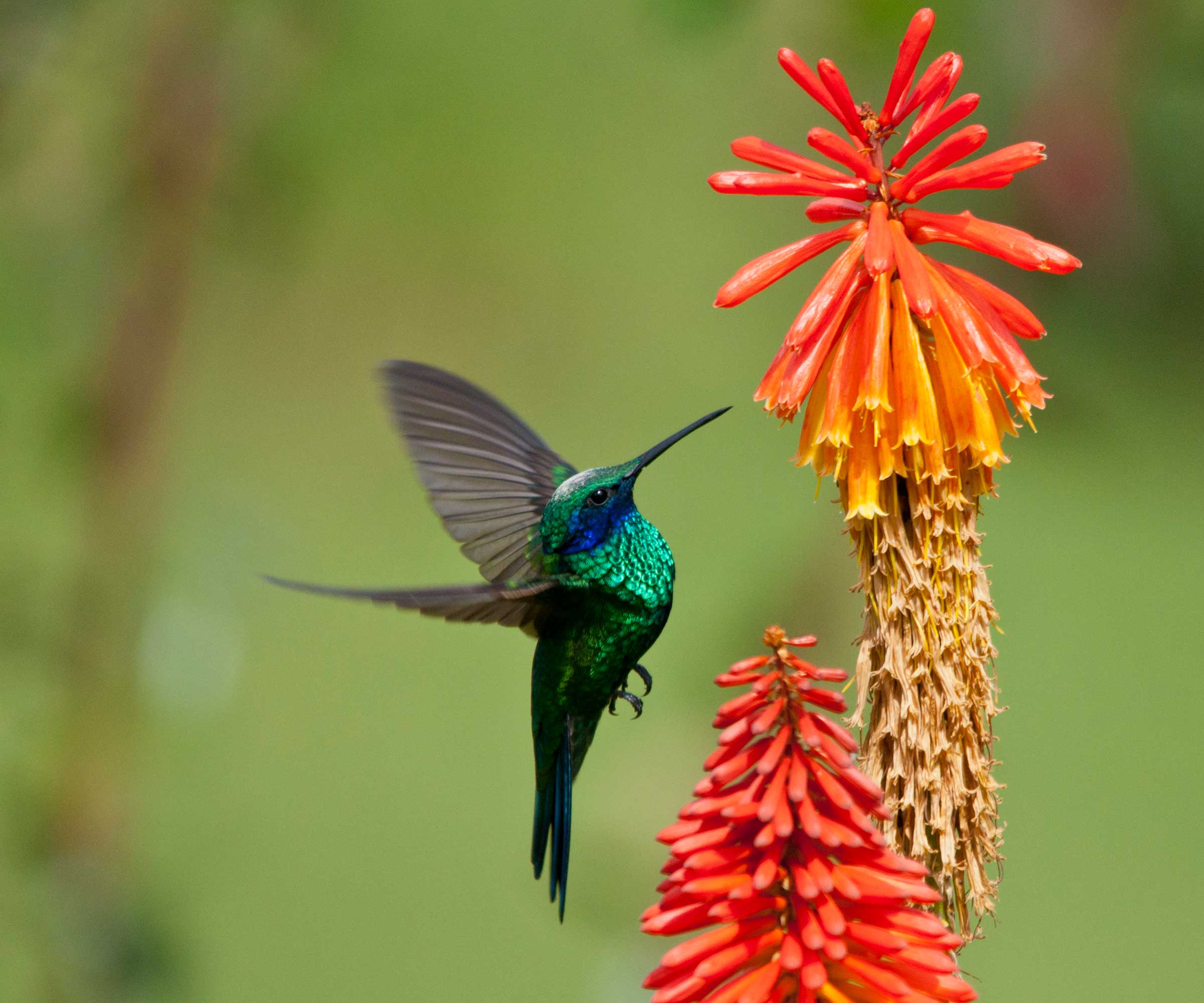
If your yard supports wildlife garden ideas, then you will most likely have plenty of non-native and native plants, and borders full of nectar-rich flowers. Or, alternatively, you might have one or two hummingbird feeders.
'Feeders and flower patches can quickly become a battleground,' says Reese Robbins, garden expert and creator of Just Pure Gardening.
Design expertise in your inbox – from inspiring decorating ideas and beautiful celebrity homes to practical gardening advice and shopping round-ups.
'Do not panic if this is the case,' Reese says. 'Honestly, it is very normal behavior to spot wildlife scrapping in the yard. Why, you might ask? Because they’re fiercely territorial,
'I am constantly observing these miniature marvels in my yard during summer, always grabbing a pair of binoculars to watch them up close.
'I find the males (no surprise there) are particularly aggressive during the breeding season, which tends to fall in May or June,' Reese continues.
'This is because they want to attract females, and also because they want to sure up as many energy sources as possible.
'If you spot dive-bombing hummers or hear loud chirps, these are also signs that these little birds are not happy.
'It might be that an unassuming newcomer has just wandered into a fiercely guarded patch, or perhaps two neighbors are picking up an old territorial dispute.'
If you want to watch hummers up close this summer, try these highly-rated Occer 12x25 wildlife binoculars, available now via Amazon.

Reese L. Robbins is the founder of Just Pure Gardening, a site full of fruit and vegetable growing guides, garden ideas, and garden product reviews.
How to keep the peace
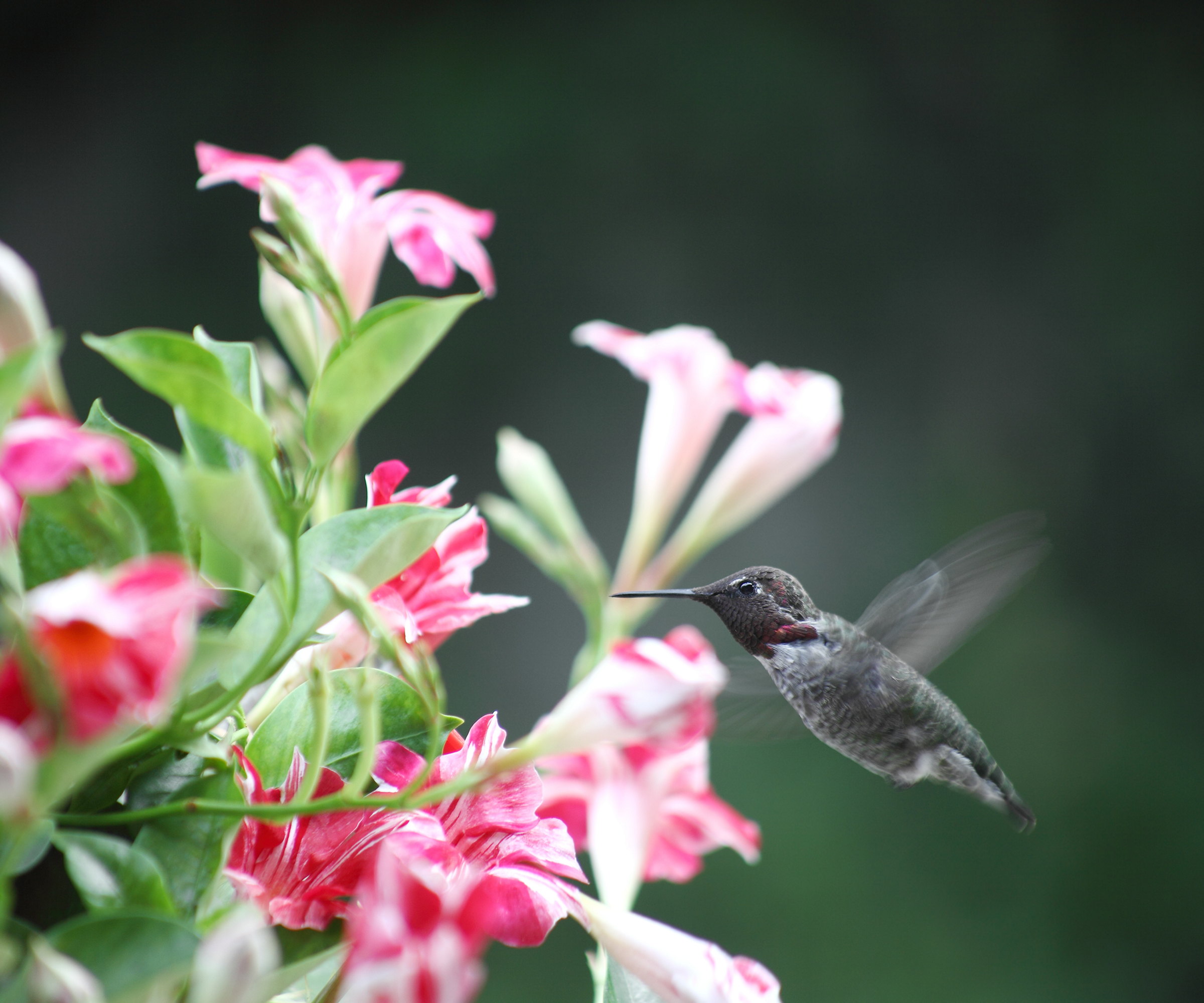
While you can’t stop hummingbirds from being territorial, you can make your yard a little less of a battleground. The trick is to give them more food options, spread out across the space.
'Consider placing multiple feeders out of sight of each other,' Reese says. 'This gives more hummingbirds access to food without direct confrontation. In practice, four small feeders spaced apart work better than one.
'I also think that plants are another big part of the solution. Pick nectar-rich climbers and perennials to attract hummingbirds,' Reese adds. 'Grow as much as possible in every corner of your plot.'
For example, this coral honeysuckle climber, with live starter plants available from Amazon, is known to be a hit with hummingbirds. Why not grow two of these attractive vines in different corners of your plot?
'You also want to keep feeders clean and topped up, as a half-empty or dirty feeder will only fuel competition.'
Of course, this isn't a guaranteed solution to a calm, passive yard. A little fighting and bickering in the natural world is to be expected. Even with dozens of feeders, a particularly territorial hummingbird is never going to welcome visitors.
So, accept that fights will happen, and do what you can to offer as much food for as many birds as possible.
If you spot an injured hummingbird in your yard, do not be tempted to move it. First, observe it from a distance.
Handling hummingbirds can cause unnecessary stress and should only be a last resort. For more advice, Animal Help Now can provide useful contacts in your area.
For more planting inspiration, see our guide to ground covers to attract hummingbirds, and fill your yard with nectar-rich offerings this year.
Shop hummingbird feeder kit

Thomas is a Content Editor within the Gardens Team at Homes and Gardens. He has worked as a professional gardener for both public spaces and private estates, specializing in productive gardening, growing food and flowers. Trained in Horticulture at the Garden Museum, he has written on gardening and garden history for various publications, including The English Garden, Gardens Illustrated, Hortus, The London Gardener and Bloom. He has co-authored a Lonely Planet travel book, The Tree Atlas, due out in 2024.
You must confirm your public display name before commenting
Please logout and then login again, you will then be prompted to enter your display name.
